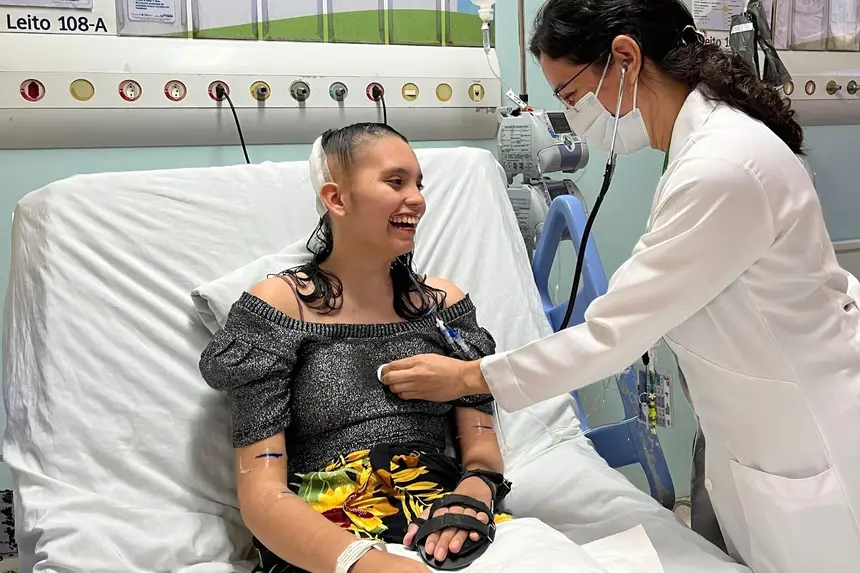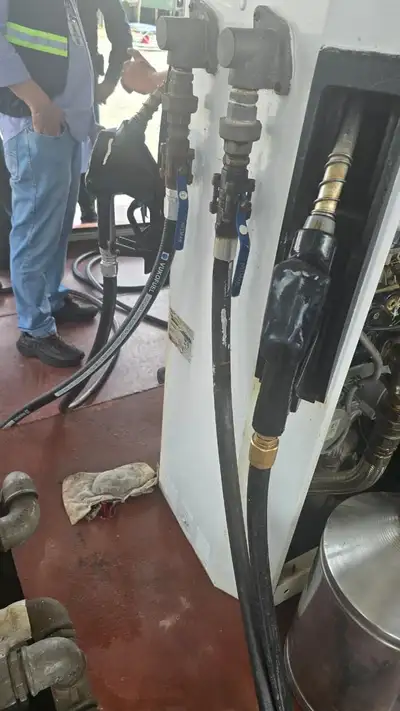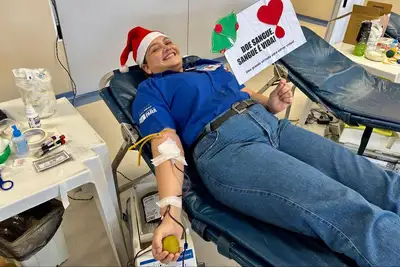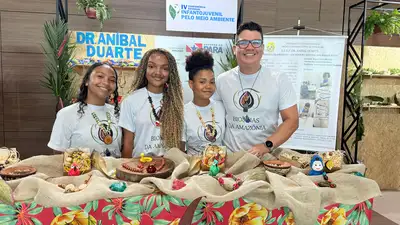Octávio Lobo Hospital advises on symptoms of brain tumors in children
A reference in specialized treatment of childhood cancer, the health unit in Pará promotes the 'Gray May' campaign
In the shades that illustrate the annual health calendar, the month of May has taken on the color gray and a purpose: raising awareness about brain cancer. In Belém, the Octávio Lobo Children's Oncology Hospital (Hoiol), a health unit that offers specialized treatment to children and adolescents with all types of cancer, warns about signs of neoplasia, whose symptoms can be confused with other diseases.
The Central Nervous System (CNS) is composed of the brain and spinal cord, and tumors in these regions arise due to the growth of abnormal cells. The National Cancer Institute (INCA) estimates that by the end of the 2023-2025 triennium, there will be 11,490 cases diagnosed in Brazil each year. Of these, about 6,110 cases are expected to occur in men and approximately 5,380 in women. According to the Ministry of Health (MS), about 88% of CNS tumors occur in the brain.
Oncopediatrics - Leukemia is the most common pediatric cancer; however, the Brazilian Society of Pediatric Oncology (Sobope) highlights that tumors in the CNS rank second among the most frequent types in children. Therefore, the entity recommends that caregivers and health professionals pay attention to rapid changes in behavior, mood swings, and seizures, which may be signs of brain cancer.
Of the 977 patients being monitored at the Octávio Lobo Hospital, 277 are being treated for some type of brain tumor. Astrocytoma, medulloblastoma, and glioma are the most commonly recorded neoplasms among users of the unit.
Awareness - The 'Gray May' campaign aims to alert the population about the importance and challenges of early diagnosis for the treatment of this complex disease with potential neurological impact. For pediatric oncologist Sweny Fernandes from Hoiol, the campaign is a collective effort that disseminates life-saving information.
“The campaign raises awareness and alerts caregivers and health professionals, especially those in primary care, about the signs and symptoms that may indicate a brain tumor. It is a myth, for example, to think that a blow to the head is the cause of a brain tumor. Parents need to pay attention to persistent signs, and professionals must investigate responsibly. The earlier we detect the tumor, the greater the chances of cure. Therefore, it is essential to train professionals who work at the front lines to recognize early symptoms and differentiate them from common childhood illnesses,” explained Sweny.
Symptoms - Other signs more commonly associated with the emergence of brain tumors include: persistent vomiting, especially in the morning, headaches, excessive sleepiness, loss of appetite, and visual changes. These symptoms, as Sweny points out, can appear in simpler diseases, making early diagnosis more complex. “As the tumor progresses, in addition to these signs, there are cases of intracranial hypertension, fainting, and other evident neurological symptoms.”
Diagnosis and treatment - The diagnosis is confirmed through imaging tests such as magnetic resonance imaging and computed tomography, followed by biopsy. Treatment may involve surgery, chemotherapy, and radiotherapy, depending on the type and location of the tumor.
Housewife Daniele Oliveira, mother of Lucas Pietro, now 13 years old, recalls the moments of anguish experienced when her youngest son showed the first signs of the disease. The boy was diagnosed with a brain tumor at the age of 3, after months of symptoms that were initially treated as a viral infection. “He stopped eating, slept too much, vomited a lot. Something told me it wasn't a virus. After the CT scan, the doctor saw the tumor the size of a lemon,” she recalled.
Lucas underwent a ten-hour surgery, spent almost four months in the Intensive Care Unit, and needed to rehabilitate some movements. “He started walking again with a lot of physical therapy and faith,” the mother reports, emotional. Faith, in fact, was one of the pillars that supported the family during the storm. “We believe a lot in God, and Lucas has incredible strength, a silent faith. This gives us strength too. Today he is being monitored, is independent, even with some limitations, and does everything with joy. We went through a battle, but we are overcoming it with faith and hope. May, with the campaign, parents be able to observe their children better and seek a doctor if they suspect symptoms or if the child presents complaints,” she stated.
“Gray May and all the campaigns adopted at the Children's Oncology Hospital show us that we need, as a society, to break the barriers of ignorance and misinformation. Promoting awareness about brain tumors is to provide early diagnoses and increase the chances of cure for users. Childhood cancer is challenging, but each child treated at Hoiol teaches us about courage,” concluded the administrative director of Octávio Lobo Hospital, César Gonçalves.
Service:
Accredited as a High Complexity Unit in Oncology, the Octávio Lobo Children's Oncology Hospital is a reference in the Northern region for the diagnosis and specialized treatment of childhood cancer, in the age group from 0 to 19 years. The unit is managed by the Institute Diretrizes (ID), under a management contract with the State Department of Public Health (Sespa), and serves patients from the 144 municipalities of Pará and neighboring states.
Text by Ellyson Ramos / Ascom Hoiol










